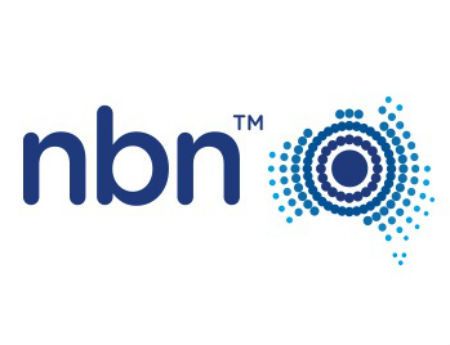Nbn Wraps ‘Wholesale’ HFC Network Trial

Nbn Co, a government-owned entity that’s tasked with bringing next-gen broadband to millions of homes and businesses in Australia, said it has completed an HFC trial with a set of retail service partners (RSPs) using DOCSIS 3.0 technology that produced Layer 3 peak speeds of about 100 Mbps downstream and 40 Mbps in the upstream direction.
That trial, conducted on the Optus HFC network in Redcliffe, Queensland, involved about 20 end users, and tested elements such as improvements to network capacity, speed performance monitoring and the “on-boarding” of RSPs.
Those trials help to set the table for an anticipated commercial launch in Redcliffe in June 2016.
Three RSPs (retail service providers) – Telstra, iiNet and Exetel participated in the HFC pilot.
The HFC pilot, which used Arris-made DOCSIS 3.0 modems and the vendor’s E6000 CMTS/CCAP, averaged speeds of 84 Mbps/33 Mbps from December 1, 2015, through January 20, 2016. Those results were verified by Ovum (PDF), an independent U.K.-based analyst and consulting firm.
Nbn has already committed to using DOCSIS 3.1, a new platform for HFC networks that can deliver multi-gigabit speeds, but put a finer point on it this week, announcing that it intends to launch D3.1-based services in the second half of 2017. Nbn has also praised an emerging “full duplex” technology being developed at CableLabs that will enable MSOs to deliver symmetrical data services on DOCSIS 3.1-powered HFC networks.
“We launched our HFC Pilot on the former Optus HFC network back in November – with our pilot being one of the few times that a HFC network had been used to offer wholesale open access broadband services either in Australia or in the global broadband market,” Tony Brown, nbn’s public affairs manager, explained in this blog post.
The smarter way to stay on top of the multichannel video marketplace. Sign up below.
“Whilst we are delighted with the speeds we have achieved on the pilot, we should note that this is really only just the beginning of what we are able to achieve on our nbn HFC network,” Brown added. “On our HFC pilot, we were using the current generation DOCSIS 3.0 technology, but from mid-2017 we plan to deploy next-generation DOCSIS 3.1 technology which is capable of wholesale downstream speeds of 10Gbps and wholesale upload speeds of 1Gbps.”
Last year, nbn selected Arris to play a primary role with the HFC portion of its network upgrades, which will rely on the supplier’s E600, CORWave transmitters and OM4100 optical receivers. Though Arris modems were used for the trials, it’s expected that cable modems from multiple suppliers will be distributed by RSPs that offer services on the network.
Nbn, established in 2009 to design, build and operate Australia’s new broadband network, is using a multi-technology approach. In addition to HFC, it will also use a mix of fiber-to-the-premises, fiber-to-the-node/basement (42%), and satellite and fixed wireless technologies to deliver broadband services.
According to nbn’s results for the second half of 2015, it ended the year with nearly 1.7 million premises that can order an nbn service, having added 450,000 homes and businesses to the footprint during that period. Nbn also posted total revenue of $164 million, up 152%, during the second half of 2015, with an average revenue per user of $43 per month.
